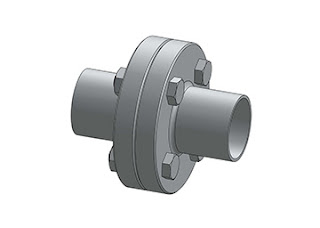Stud Welding: Details about the Stud Welding Process

Stud Welding There are actually many different applications involved with welding even though it is believed by many people that there is only one basic welding application. Stud welding process is one of these areas, where onto another metal piece a formed nut or bolt is welded. To automatically feed the bolts into the spot welder this process may include using stud welding equipment. By using the stud as an electrode arc stud welding, or Stud welding, involves joining the Stud bolt b7 to a flat plate. On the type of metal that is used, the polarity that is chosen for the particular stud welding application will be based on. For example, while steel demands direct-current electrode negative aluminum usually requires DCEP. Usually have a flange in order to form the weld, with some type of small nubs that melt during the process the weld nuts used in stud (or arc) welding. To form the desired weld the un-threaded, necked down part of the weld nuts also help. The ...

